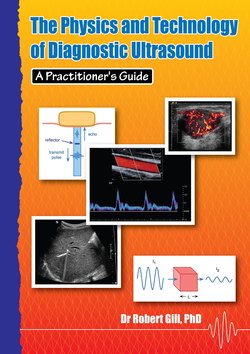Читать книгу The Physics and Technology of Diagnostic Ultrasound: A Practitioner's Guide - Robert Gill - Страница 24
На сайте Литреса книга снята с продажи.
Suggested activities
Оглавление1 Calculate the reflection coefficient at a tissue interface for which z1 = 1.5 × 106 and z2 = 1.5 × 104 (i.e. the two impedance values differ by a factor of 100). Note that the reflection coefficient is almost 1 (or 100%) meaning that virtually all the energy is reflected. Repeat the calculation with z1 and z2 interchanged.
2 Calculate the reflection coefficient at a tissue interface for which z1 = 1.5 × 106 and z2 = 1.51 × 106 (i.e. there is a minimal difference between the two impedances). Note that the reflection coefficient is small, which means that very little energy is reflected.
3 Calculate both the reflection coefficient (R) and the transmission coefficient (T) for an interface with z1 = 1.5 × 106 and z2 = 1.8 × 106 (a moderate difference in impedance). Show that (R + T) = 1.
4 Carefully examine scans of different anatomical areas and identify which echoes are caused by reflection and which are caused by scattering. Note the differences in appearance of the two types of echo.
5 Scan a region within a liver from two different directions. Carefully compare the speckle patterns – can you see a difference?
